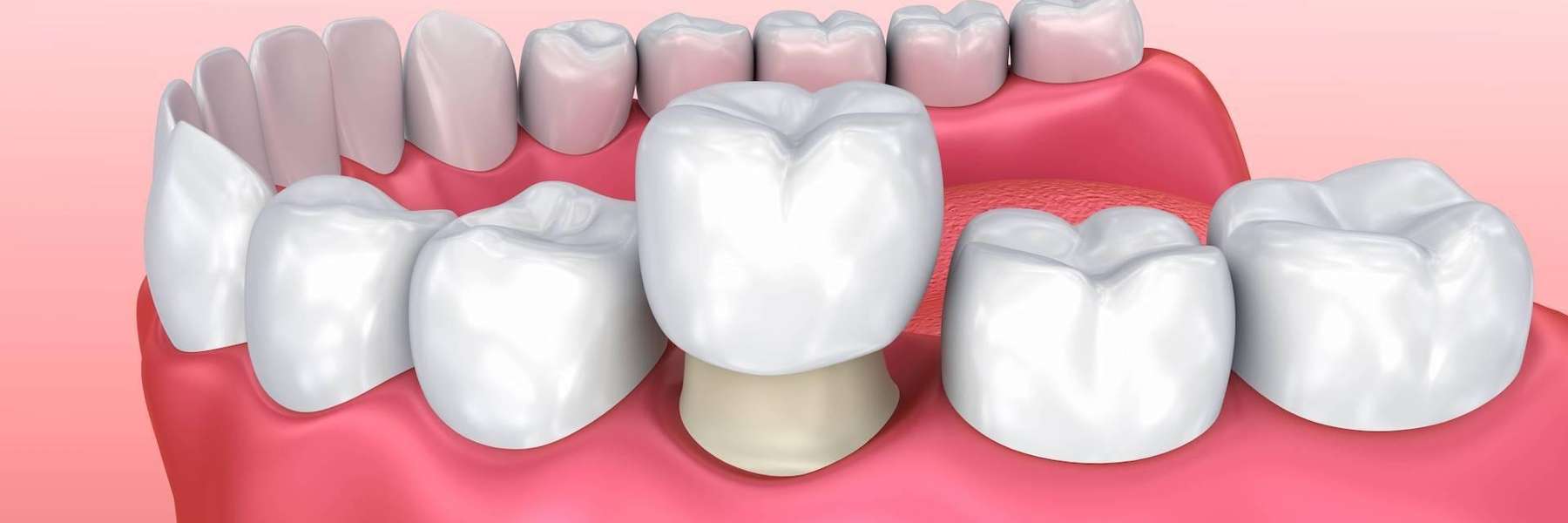
Getting a new dental crown or bridge in Mt. Pleasant, SC is an excellent way to restore function and aesthetics to your smile. It’s important to understand, however, that the recovery process for each can come with some discomfort.
Of course, some level of swelling, soreness, and sensitivity are normal following many dental procedures. Knowing how to manage these symptoms after dental crown or bridge placement can make for a significantly more comfortable recovery.
We’re looking here at what exactly crowns and bridges are, their placement processes, and tips for managing any post-procedure discomfort.
Understanding Dental Crowns and Bridges
A dental crown is a tooth-shaped cap, typically made of porcelain, ceramic, or metal, that covers a damaged or decayed tooth to restore its shape, size, and function. Crowns in Mt. Pleasant, SC are designed to fit snugly over an existing tooth after it has been filed down. It’s noteworthy that crowns can also sit atop dental implants as long-term tooth replacements. The procedure for crown placement typically requires two appointments. The first is to prepare the tooth and take impressions to custom-fabricate the crown. During the second appointment, the crown is fitted and secured.
A dental bridge, meanwhile, is a dental prosthetic device consisting of one or more artificial teeth and gum tissue that “bridge gaps” in a person’s smile and bite after tooth loss. Dental bridges are anchored in place by dental crowns attached to the adjacent natural teeth. The process of placing a bridge, like that of placing a crown, typically requires two visits to the dentist — one to prepare the surrounding teeth and a second to fit and cement the bridge in place.
Managing Post-Procedure Swelling and Discomfort
Mild swelling is a common side effect of many dental procedures, including crown and bridge placement. Fortunately, there are strategies for easing any discomfort and promoting proper healing.
For mild swelling during the first 24-48 hours, cold compresses applied to the cheek for 15-20 minutes at a time can help. Over-the-counter pain relievers, like ibuprofen, can also help manage swelling and pain. With any medication, be sure to follow your dentist’s guidance and the manufacturer’s instructions.
To ensure your new restoration sets properly and reduce the risk of damage, avoid hard or sticky foods during recovery. For a few days, try to prioritize soft foods like yogurt, soups, and mashed potatoes. Similarly, steer clear of chewing or biting down on hard substances that may irritate the treated area or dislodge the crown or bridge.
Precisely Placed Dental Crowns and Bridges in Mount Pleasant, SC
If you’re seeking cosmetic dentistry in Mount Pleasant, Dr. Mayur Patel and the skilled team at the Carolina Center for Restorative Dentistry are here to assist you through the dental restoration process, including crowns and bridges. Contact us today to schedule your consultation!
